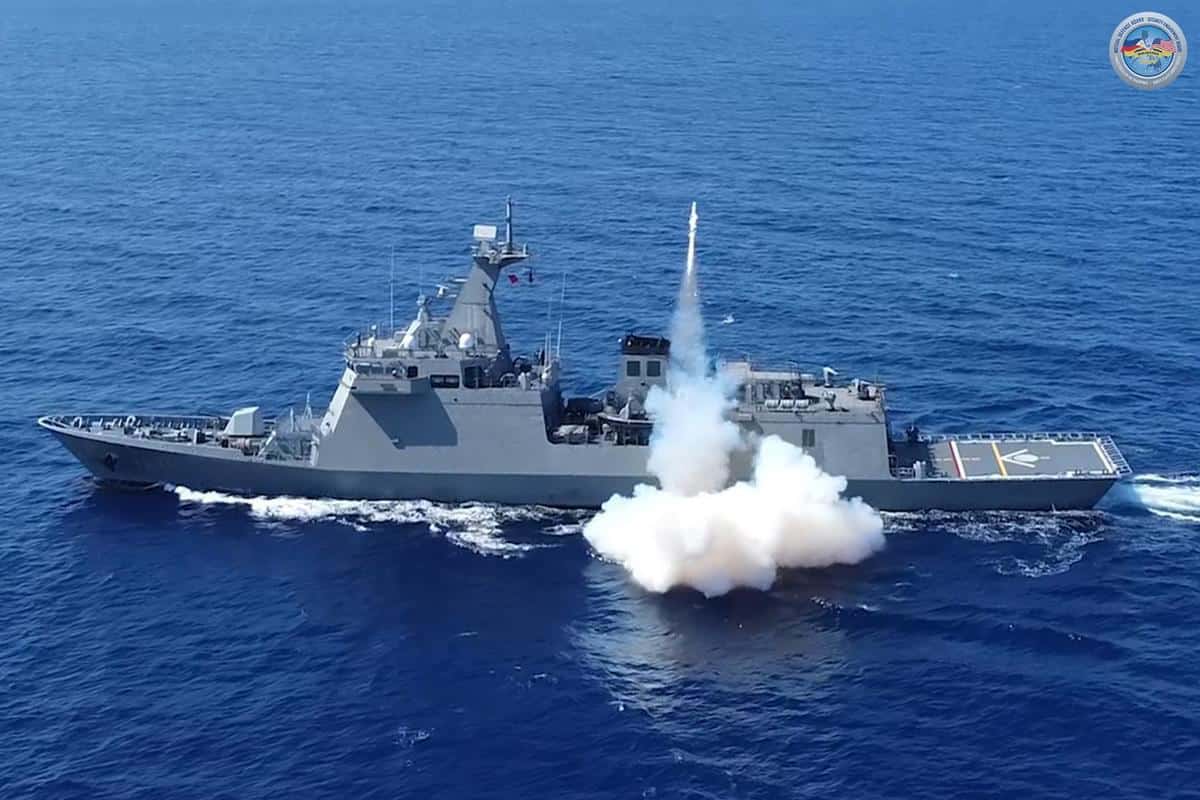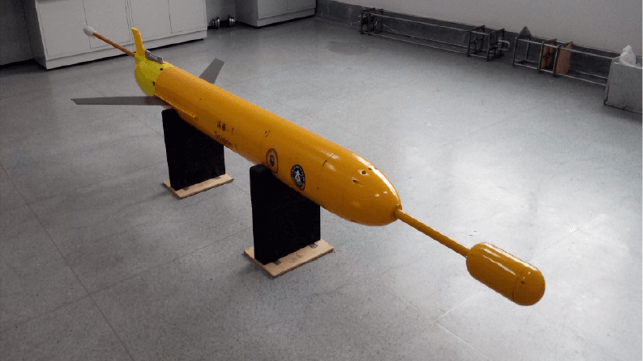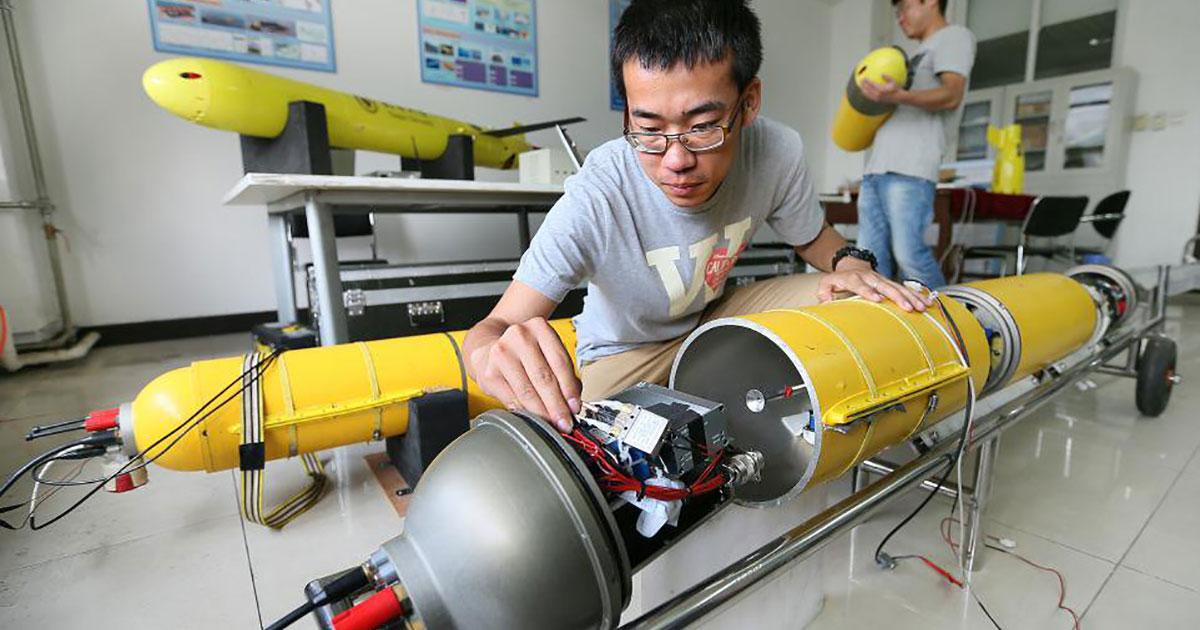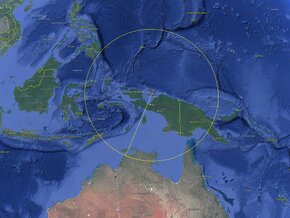What does the world expect USA to do in regards to Taiwan? For China reunification with Taiwan is not an option, its a mandatory national goal. Reunification will happen armed or other wise.
I note your profile says you are from Bangladesh. Should you have accepted Pakistani soverignty over your livelihood and accepted it because they were more powerful? Should Ukraine fall over too just because they should, according to one powerful man?
You say
"reunification will happen armed or other wise" and you say it in a tone similar to a member of the Blue Army operating off a PC in a stale room somewhere in the Central kingdom. Either that, or your experiences or apathy says you should fall over to the strong. Much of ASEAN is doing that now hoping they can strike a deal or two. I don't think its a great strategy but for every Chamberlin is a Churchill, and for every Switzerland is a WW2 Poland. I think those same Poles learned from that and will never let it happen again.
Most/ much foreign policy is based upon self interest, however generally we have seen the emergence (rules based order) of some morality within foreign policy. Yes the US launched Desert Shield because of the self-serving strategic and economic risk (of skyrocketing petroleum prices) but also on the notion that the world is worse off if bigger countries just swallow smaller ones. Yes quarel and have disagreements, but settle them in some tribunal etc, don't use force to bully the weak. Yes this has not always been the case (quite a modern convention really) but I think a more predictable and rules based world is a good thing for all.
As for the Taiwanese. The only way they should reunify with the PRC is if they themselves chose to do so. Why should any country be forced to cede its soverignty under the threat of a gun whilst coerced. They have the right to choose, and considering how quickly people's freedoms evaporated in HK and Macau, you could understand why they would want nothing to do with the CCP and beg to be left alone in peace to govern themselves peacefully according to their values.
As a regional observer, I struggle morally watching the self determination and livelihood of the Taiwanese people being decided purely by the decree of one person (either Xi and Trump for that matter). Xi for me has no right to tell them how they should live. As a recommendation I would have stuck with a hearts and minds campaign as they may have come around, but there is something about humans and their basic rights that are worth protecting. You say
"reunification will happen armed or other wise". I say why, nor why should the Taiwanese be dictated upon my a despot and a foreign one for that?
Do you expect the US to be involved in a hot all out war with China in a region where they only muster their partial strength and China can muster all of theirs?? South Korea wont actively get involved in a hot war with China, North Kora will keep them occupied. Phillipines is irrelvant in terms of armed support. Japan is unlikely tobe involved unless China attacks them first. So what is America suposed to do, sacrififce potentially tens of thousands of their soldiers in a war very far away from home, where victory is not even assured??
Check your war games and your assumptions. Intellectually it's been war gamed and the most likely outcome (dependant upon scenario) is a stalemate where the US is hurt early on, but many many more PLA troops die and any landing can't be sustained. Meanwhile like the events of Pearl Harbour, the US will strike back and China will pay a significant price. Yamamoto may or may not have stated
"I fear all we have done is to awaken a sleeping giant and fill him with a terrible resolve" but in similar vein a sustained conflict hurts China more than the US, and Xi's and the CCP internal authority will come under significant strain, all for what, nationalism, pride, ego, reinforced destiny- again they all go back to the groin size issue again.
And what about Australia? they are spedning more on defense, but is the Australian populace ok with their men and women dying for a war far away from their borders? The time where the West cpuld have easily militarily defeated China was in the 90s and early 2000s. The cats out of the bag now.
Thank goodness we chose not to go to war in the 90's or the 2000's, just because China was weaker and the US etc stronger? Again you seem to struggle with the notion of morality in foreign policy. Why go to war with a fellow nuclear power over who has the biggest groin size? Call it our weakness or our strength, but many thought working with China and supporting their rise to economic prosperity (to mutual benefit lifting hundreds of millions out of poverty) was a good thing for all. It's a shame that Deng isn't still around. He seemed to be so much easier to work with. I'm sure he'd provide really sound advise to Xi, but Xi would likely have him detained on fake corruption charges as a result.
Its not a
"cat out of its bag" but a tiger. You cant negotiate with a Tiger as all they respect is strength/ self preservation. You have to persude them that any fight is a fight they will lose, and then they will back down. Xi needs to know that, just as Hitler needed to hear it in Czechoslavia, and Putin needed to hear it before Ukraine.
As for Australia, no we don't want war but we do have a strong ethos of
'a fair go for all' and standing up for the vulnerable/ weak/ less fortunate. We will do whatever we can and more than most other countries of our size. Self interest is important, but East Timor showed we're willing to stick our necks out for the sake of others less fortunate than us. If the US stands with us, like Japan and other like minded countries I see a real reason for China to avoid conflict. Again it all comes down to that rules based order. If only China could seen that working within the rules based order they could have cemented their power and influence (and likely unified with Taiwan), only peacefully. Again what else would you expect from the CCP run by a dictator (a tiger), as his is a world of survival and domination, not compromise, conciliation or mutual benefit.

 nos.nl
nos.nl
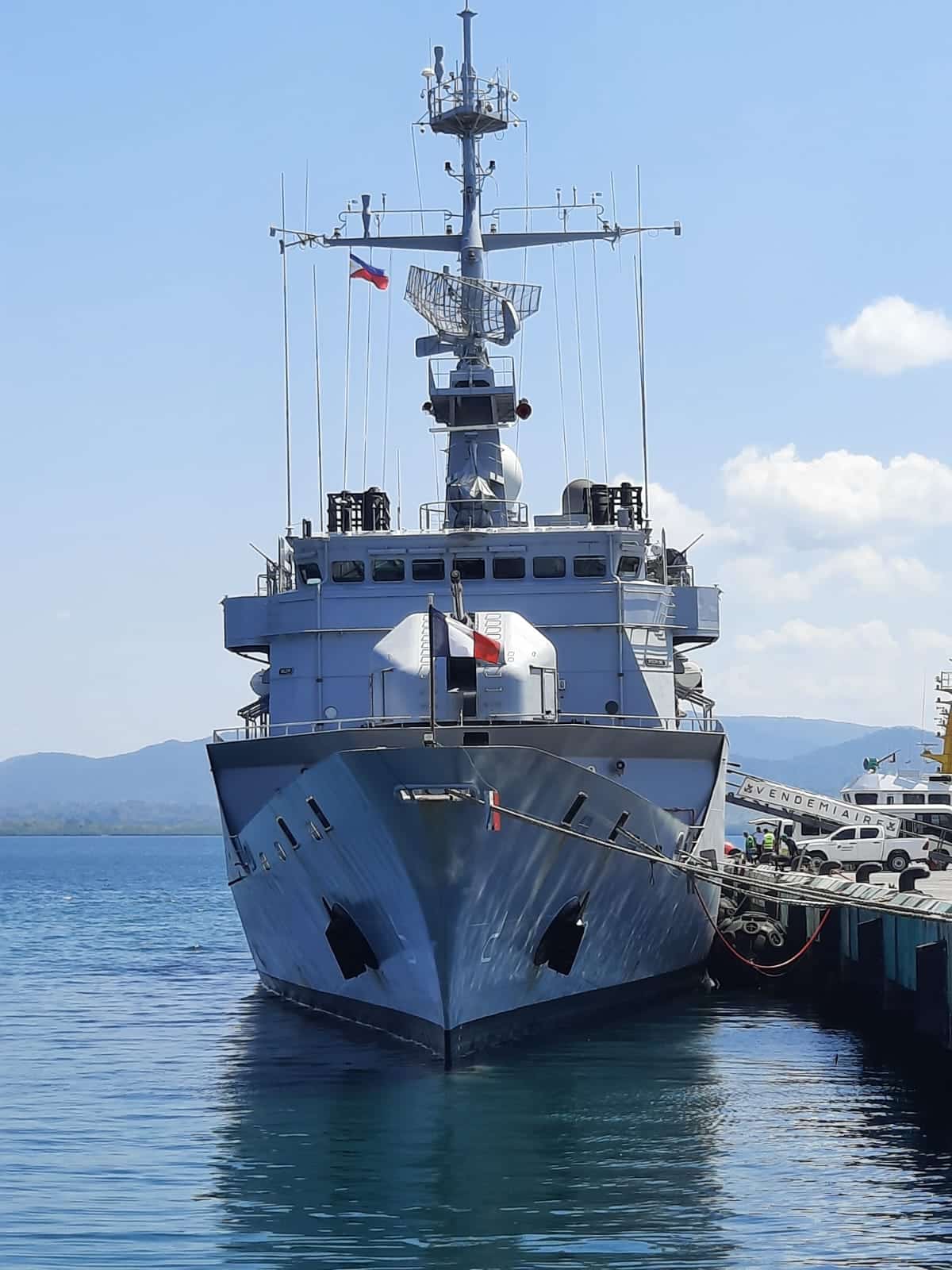
 www.navalnews.com
www.navalnews.com




